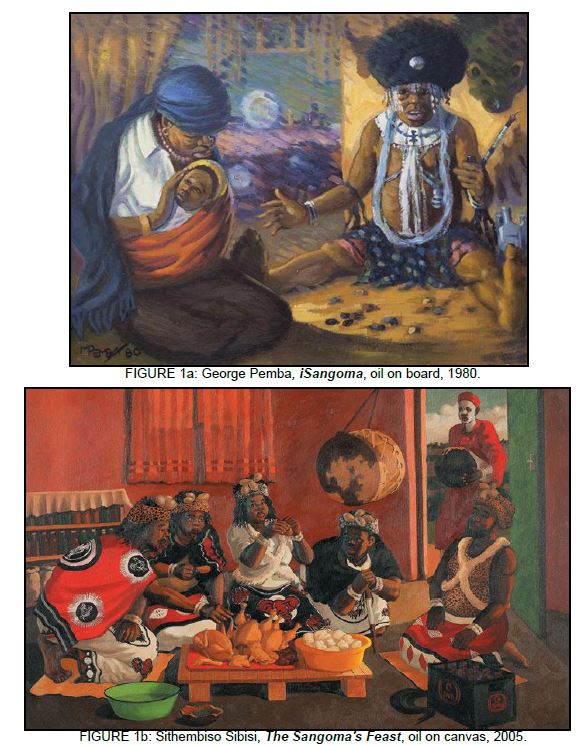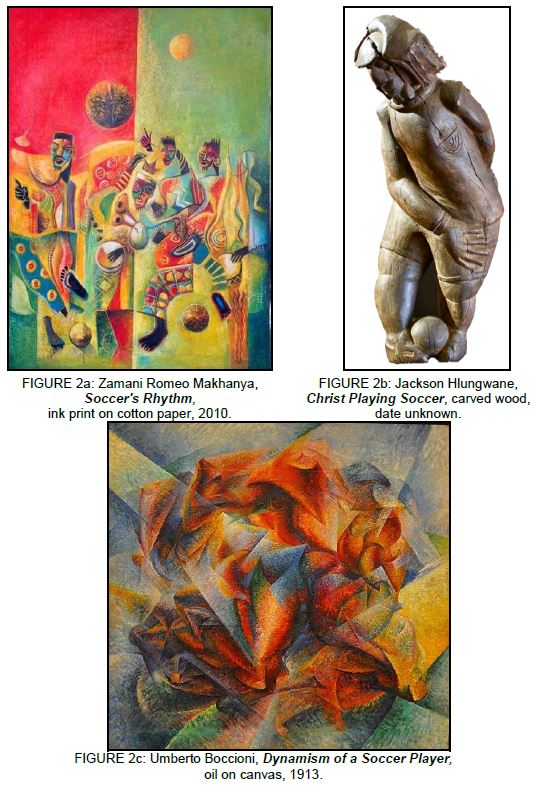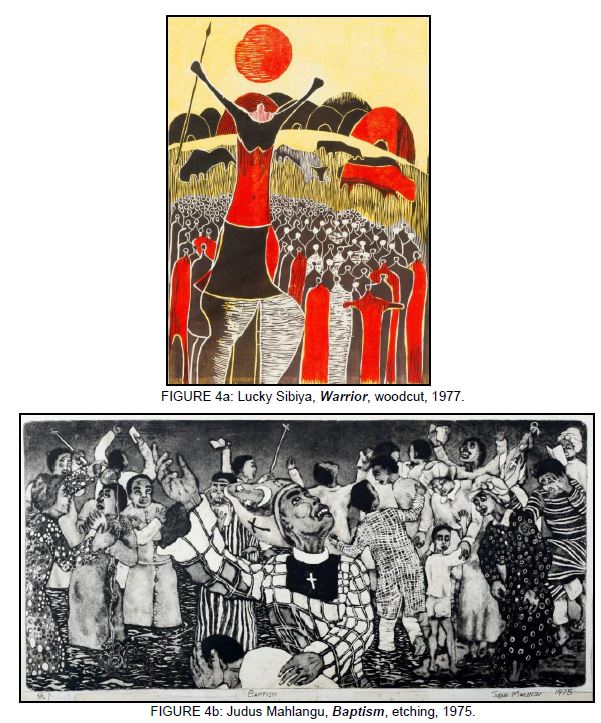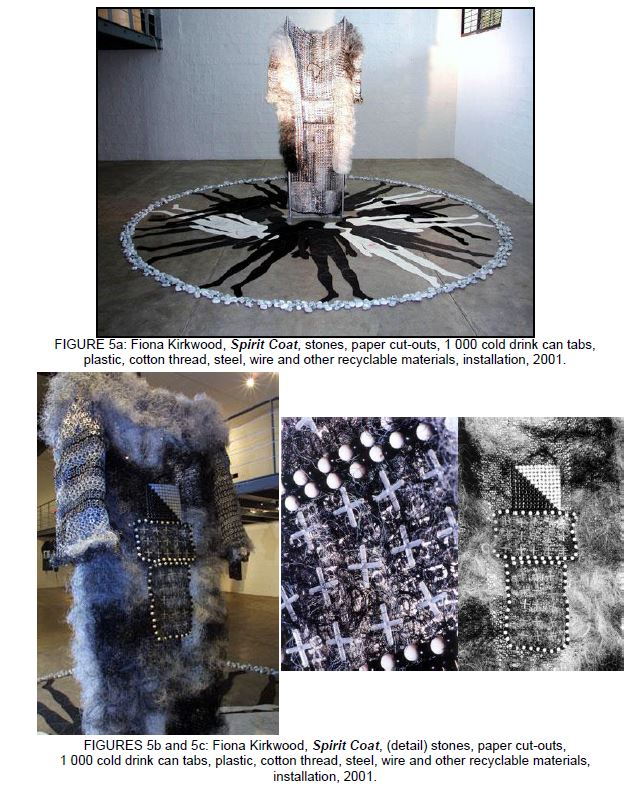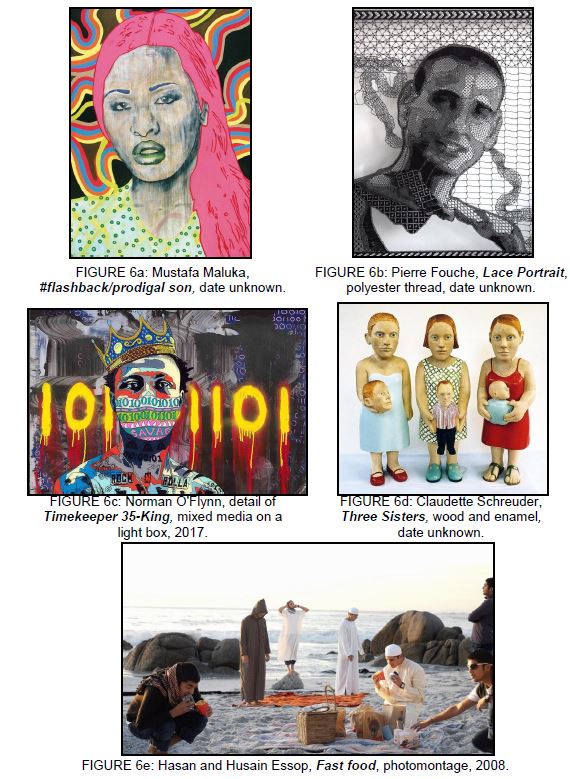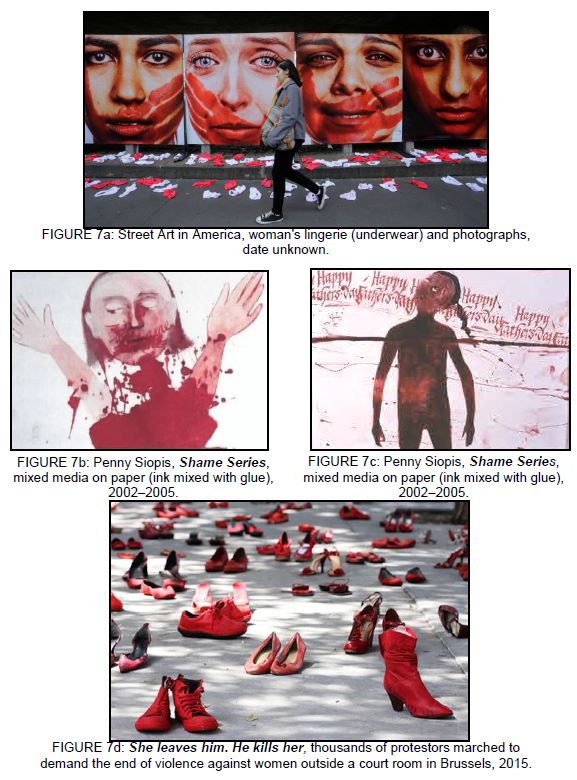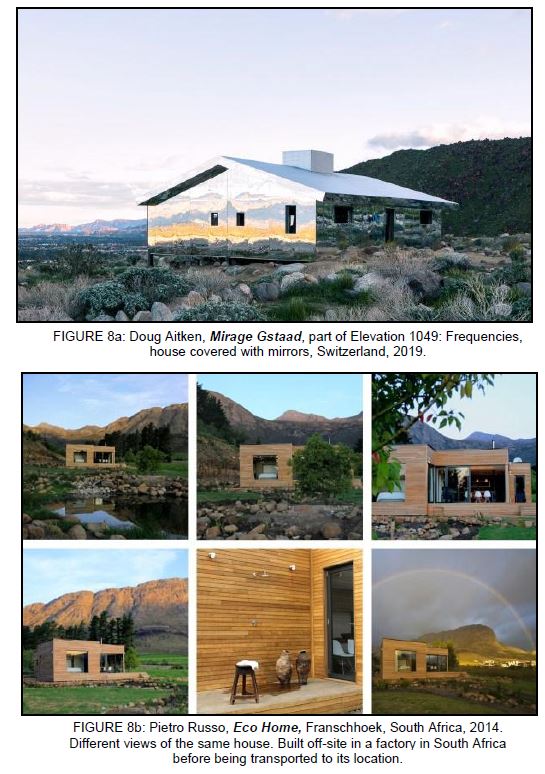VISUAL ARTS PAPER 1 GRADE 12 QUESTIONS - NSC PAST PAPERS AND MEMOS NOVEMBER 2021
Share via Whatsapp Join our WhatsApp Group Join our Telegram GroupINSTRUCTIONS AND INFORMATION
In this examination you must demonstrate the following skills:
- Using the correct art terminology
- Using and implementing visual analysis and critical thinking
- Writing and researching skills within a historical and cultural context
- Placing of specific examples in a cultural, social, political and historical context
- Understanding distinctive creative styles
Read the following instructions before deciding which questions to answer.
- This question paper consists of EIGHT questions.
- Answer any FIVE questions for a total of 100 marks.
- Number the answers correctly according to the numbering system used in this question paper.
- Questions appear on the left-hand pages, with visual sources on the right-hand pages.
- Ensure that you refer to the visual sources reproduced in colour where required.
- Information discussed in one answer will NOT be credited if repeated in other answers. Cross-referencing of artworks is permissible.
- Name the artist and title of EACH artwork you discuss in your answers. Underline the title of an artwork or the name of a building/structure.
- Candidates may NOT discuss images that have already been used in other questions.
- Write in a clear, creative and structured manner, using full sentences and paragraphs according to the instructions of each question. Listing of facts/tables is NOT acceptable.
- Use the following as a guideline to the length of your answer. Note the mark allocation.
- 6–8 marks: a minimum of ½–¾ page
- 10–14 marks: a minimum of 1–1½ page(s)
- 20 marks: a minimum of 2 pages
- Write neatly and legibly.
ANSWER ANY FIVE QUESTIONS.
QUESTION 1: THE VOICE OF EMERGING ARTISTS
| Pemba and Sibisi record the important role of the iSangoma as a traditional healer at different time periods in South Africa. |
1.1 Compare FIGURE 1a and FIGURE 1b by referring to the following:
- Narrative/Stories
- Visual clues indicating the 25-year time difference
- Formal art elements
- Focal point
- Mood/Atmosphere (10)
1.2 Discuss the artwork of any TWO artists (ONE artwork per artist) that have captured interesting themes. Give the names of the artists and the titles of the artworks.
Consider the following in your essay:
- Subject matter
- Influences
- Formal art elements
- Media and technique
- Message/Meaning of the artwork (10)
[20]
iSangoma: A highly respected healer among the people of South Africa who diagnoses, prescribes and often performs the rituals to heal a person physically, mentally, emotionally or spiritually
QUESTION 2: SOUTH AFRICAN ARTISTS INFLUENCED BY AFRICAN AND/OR INDIGENOUS ART FORMS
| Soccer is one of the most popular sports enjoyed by many throughout the world. FIGURE 2c is an example of a futurist artist's interpretation of the energy of the game. FIGURES 2a and 2b show a unique African flavour. |
2.1 Discuss the interpretation of the theme of soccer by considering the following:
- How the two-dimensional and the three-dimensional use of media affect the portrayal of the theme
- Energy/Rhythm/Movement portrayed in the style and technique of the works
- African and/or Western influences (10)
2.2 Describe the work of any TWO South African artists (ONE artwork per artist) whose work reflects indigenous and/or African symbols and art forms.
Name the artists and titles of the artworks.
You may use some of the following:
- Subject matter
- Influences
- Formal art elements
- Style
- Message and/or meaning (10)
[20]
QUESTION 3: SOCIOPOLITICAL ART, INCLUDING RESISTANCE ART OF THE 1970s AND 1980s
3.1 Compare any TWO artworks from FIGURES 3a, 3b and 3c by referring to the following guidelines:
- Line, colour, form and pattern
- Style and media
- The portrayal of the gun in each artwork and its role in relation to the other images in the artwork.
- How do these works address sociopolitical issues in South Africa? (10)
3.2 Write a critical analysis on TWO artworks from TWO different artists (ONE artwork per artist) whose themes reflect sociopolitical issues. Name the artists and the titles of the artworks.
Consider the following:
- Subject matter
- Formal elements of art
- Message/Meaning (10)
[20]
QUESTION 4: ART, CRAFT AND SPIRITUAL WORKS MAINLY FROM RURAL SOUTH AFRICA
| Print works done by artists from rural areas often tell a story about community life. |
4.1 Discuss the stories told in FIGURES 4a and 4b by comparing the following:
- Format
- Focal point
- Line and texture
- Depth and perspective
- Style (10)
4.2 Discuss the work of any TWO artists who create art, craft and/or spiritual works from rural South Africa.
Refer to the following guidelines:
- Influences
- Media and technique
- Possible meaning/Purpose/Function
- How do these artworks/crafts/spiritual works contribute to society? Elaborate (10)
[20]
QUESTION 5: MULTIMEDIA AND NEW MEDIA – ALTERNATIVE CONTEMPORARY AND POPULAR ART FORMS IN SOUTH AFRICA
| Fiona Kirkwood has a unique way of mixing unconventional materials to create a sculpture/installation as seen in Spirit Coat. The materials are used as a metaphor for protection of individuals, society, culture and history. |
5.1 Discuss the Spirit Coat (FIGURES 5a–c) by referring to the following:
- The possible significance of the cut-out figures placed in a circle of stones on the floor
- Symbols in the work, e.g. crosses and their meaning
- The use of a variety of unconventional and recycled materials and the role they play in creating texture, colour and mood
- Significance of the title: Do you think the work is a successful expression of a Spirit Coat and why? In our modern world, why would the artist want to create a spirit coat? (10)
5.2 Discuss any TWO contemporary artworks that use new/alternative media to create a powerful message. Name the artist(s) and the titles of the artworks. (10)
[20]
Unconventional: Not using traditional material.
Metaphor: Something that is regarded as representative or symbolic of something else.
QUESTION 6: POST-1994 DEMOCRATIC IDENTITY IN SOUTH AFRICA
| We live in a world where social media has a profound effect on the identity politics of South Africa. What are the identity issues that you and/or your friends are grappling with at the moment? |
6.1 Debate the statement by referring to THREE of FIGURES 6a–e. (10)
6.2 Discuss the work of any TWO artists who address identity in a democratic South African society. Name the artists and the title of the artworks.
Do NOT repeat the artworks given in QUESTION 6.1.
You may refer to the following guidelines:
- Imagery
- Identity politics
- Style and techniques
- Meaning/Messages (10)
[20]
Identity politics: Refers to the engagement and debate around one's identity in terms of religion, race, socio/background, class and gender, etc.
QUESTION 7: GENDER ISSUES: MASCULINITY AND FEMININITY
Over the past few weeks no fewer than 21 women and children have been murdered. Their killers thought they could silence them. But we will not forget them and we will speak for them where they cannot. Cyril Ramaphosa, 2020 When Penny Siopis created The Shame Series in 2002–2005, she highlighted issues of abuse against women and children. Nowadays it is still a pressing issue in our society and there are various ways in which artists make the public aware of these issues. |
7.1 Discuss the statement above by referring to FIGURES 7a–7d.
Consider the following:
- The significance of
- The hands on the face
- Underwear on the pavement
- Shoes, etc.
- Colour
- Mood/Emotion, atmosphere, e.g. communication through eyes, material, media and technique
- Which of these examples, do you feel, has the greatest impact on drawing the public's attention to gender-based violence? Give reasons for your answers.
(10)
7.2 Write an essay on TWO artworks (ONE artwork per artist) that you have studied that addresses gender issues in society. Name the artists and the titles of the artworks. (10)
[20]
QUESTION 8: ARCHITECTURE IN SOUTH AFRICA
Architecture should be both in and out of the landscape. Frank Lloyd Wright The future of construction/architecture is likely to be a lot more eco-friendly as people become more aware of the devastating impact that we have on the environment. |
8.1 Write a paragraph discussing FIGURES 8a and 8b by referring to some of the following:
- How does the statement by Frank Lloyd Wright apply to each example?
- By referring to FIGURE 8a, discuss how time and light would have an effect on the exterior of the building. Elaborate.
- How has Aitken in FIGURE 8a used his materials/media in an innovative manner? Elaborate.
- By referring to FIGURE 8b, discuss the advantages of building this structure off-site.
- Each house has a different roof structure. Discuss the advantages and disadvantages of each.
(8)
8.2 Discuss any TWO South African buildings that fit into their environment in an interesting manner. Name the architect(s) and titles of the buildings.
Consider some of the following guidelines:
- Influence of location/site on the design
- Function/Purpose
- Influences
- Materials
- Design and style
(12)
[20]
